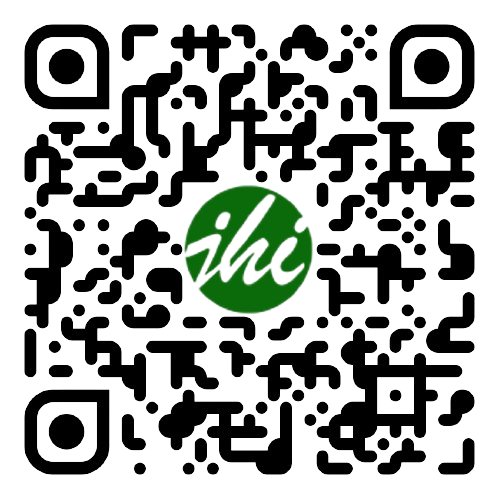Tradisi Siram Tuwuh Pasca Perkawinan Perspektif Maqashid Syari’ah (Studi Kasus di Dusun Ngelo Desa Kempleng Kecamatan Purwoasri Kabupaten Kediri)
DOI:
https://doi.org/10.28918/jhi.v17i1.2030Abstract
Siram Tuwuh generally has a meaning namely "Tajdid Nikah" it is all accomplished because there is a certain reason and also one of a well known problem in the society which lasted for generations. It often happens among married couples who have been married for quite a long time. From these problems, there are two issues in this research, (1) The underlying factors of siram tuwuh occurence; (2) The Maqashid Syariah's analysis towards Siram Tuwuh practice. This research is a field research and a qualitative research using the method of the maslahah mursalah (Maqashid Syariah) approach. The results show that (1) Siram Tuwuh is carried out after marriage, by the terms the family is already established their basic necessities or economies and also have a child, Siram Tuwuh is essentially a form of gratitude by holding a new marriage contract which requires the presence of witnesses and male relative legally, in the process of this event also invites the neighbors to pray for the family who hold Siram Tuwuh, (2) The prosperity of Siram Tuwuh is the establishment of a happy, loving and supportive family and avoiding divorce which can cause the derelict children.
Downloads
Published
How to Cite
Issue
Section
License

This work is licensed under a Creative Commons Attribution-ShareAlike 4.0 International License.
Jurnal Hukum Islam use a variety of waivers and licenses that are specifically designed for and appropriate for the treatment of data:
- Open Data Commons Attribution License, http://www.opendatacommons.org/licenses/by/1.0/(default)
- Creative Commons CC-Zero Waiver, http://creativecommons.org/publicdomain/zero/1.0/
- Open Data Commons Public Domain Dedication and License, http://www.opendatacommons.org/licenses/pddl/1-0/
Other data publishing licenses may be allowed as exceptions (subject to approval by the editor on a case-by-case basis) and should be justified with a written statement from the author, which will be published with the article.













.png)














